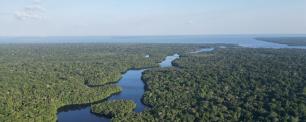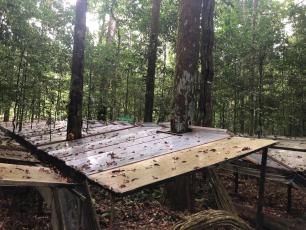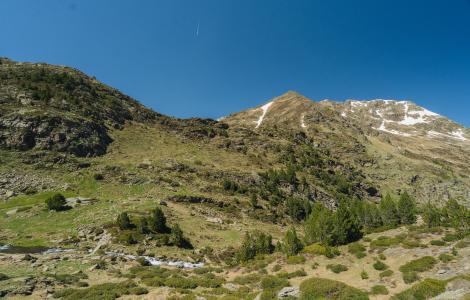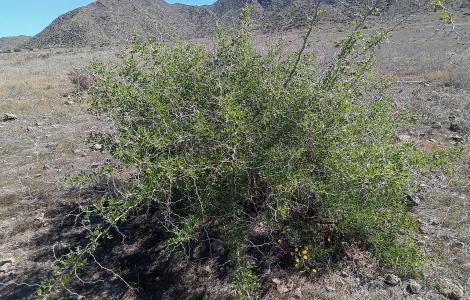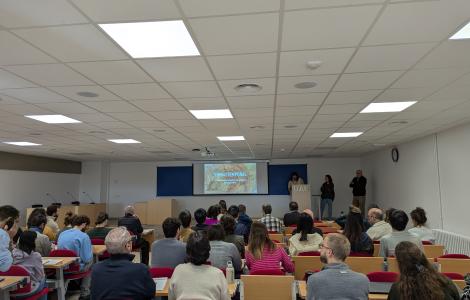According to the team, the ancient trees of the Amazon forest are the most important. Apart from their function as a carbon sink, they are also responsible for creating the so-called flying rivers, as they form the rain clouds that are transported to other parts of the world through the process of evapotranspiration. Thus, if this cycle is altered, the rainfall pattern on a continental scale would also be at risk, especially in regions of Bolivia, Argentina, Paraguay and Brazil. .
But there is more. Centennial trees such as the Brazil nut, mahogany or jatoba wood not only stand out for their size and longevity - they can live more than 500 years - but also for being true vertical ecosystems that are home to a great deal of biodiversity. Among their canopies and trunks live birds such as toucans and macaws, arboreal mammals, reptiles, insects, frogs and plants such as orchids and bromeliads. “These giants create unique microhabitats, so their disappearance also represents the loss of the world they shelter within their branches”, warns Maurizio Mencuccini.
The study has been led by the University of Edinburgh, with the participation of the University of Exeter and Cardiff University in the UK; CREAF and ICREA in Spain; the Australian National University and the University of Adelaide in Australia; and several Brazilian institutions such as the Federal University of Pará (UFPA), the Museu Paraense Emílio Goeldi and the Universidade Federal Rural da Amazônia (UFRA).
Reference article: Sanchez-Martinez, P., Martius, L. R., Bittencourt, P., Silva, M., Binks, O., Coughlin, I., Negrão-Rodrigues, V., Silva Jr, J. A., Da Costa, A. C. L., Selman, R., Rifai, S., Rowland, L., Mencuccini, M. & Meir, P. (2025). Amazon rainforest adjusts to long-term experimental drought. Nature Ecology & Evolution. https://doi.org/10.1038/s41559-025-02702-x



